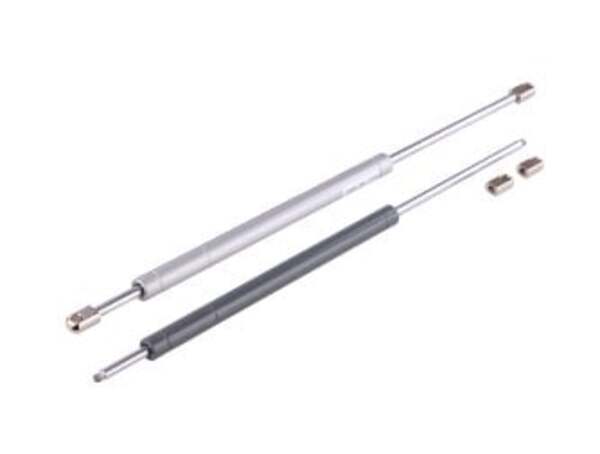If you are interested in our products ,please contact our team
Gas springs, often referred to as gas struts or gas lift supports, are essential components in various applications, from automotive hoods to office chairs. Proper installation of gas springs is crucial for ensuring their optimal functionality, safety, and longevity. In this article, we delve into key tips for installing gas springs safely and efficiently to help you achieve successful outcomes.
Before installation, ensure you have selected the correct type and size of gas spring for your application. Consider factors such as the weight of the object being lifted, the desired angle of movement, and any environmental conditions the gas spring will be exposed to. Choosing the right gas spring upfront sets the foundation for a successful installation.

Gas springs are pressurized components that can exert significant force. Safety should be your top priority during installation. Wear appropriate personal protective equipment (PPE), including gloves and eye protection, to prevent potential injury. Also, avoid applying excessive force or impact to the gas spring during installation.
Identify suitable mounting points on both the object you're lifting and the fixed structure it's attached to. Ensure the mounting points are sturdy, properly aligned, and capable of withstanding the forces generated by the gas spring. Improperly aligned or weak mounting points can lead to instability and potential hazards.
Gas springs have specific mounting orientations to ensure optimal performance. Follow the manufacturer's guidelines regarding the preferred installation direction, which usually involves positioning the piston rod downward. Incorrect orientation can affect the gas spring's ability to function properly.
Avoid over-compressing or over-extending the gas spring beyond its designed limits. Over-compression can lead to premature wear, reduced lifespan, or even failure. Measure and calculate the required extended and compressed lengths to ensure you choose the right gas spring size.
Use appropriate tools for installation to prevent damage to the gas spring components or the application itself. Depending on the type of gas spring, you may need a ball stud, brackets, or other mounting hardware. Be cautious not to overtighten screws or bolts, as this can affect the gas spring's movement.
During installation, ensure that the gas spring's movement is smooth and free from any binding or interference. Any obstruction can lead to uneven force distribution or hinder proper operation. Test the movement before finalizing the installation.
Once installed, regularly inspect the gas springs for signs of wear, leaks, or damage. Perform routine maintenance as recommended by the manufacturer to ensure continued safe and efficient operation.
Installing gas springs safely and efficiently is paramount to achieving optimal performance and longevity. By following these key tips – from selecting the right gas spring to prioritizing safety and proper orientation – you can ensure a successful installation that enhances the functionality of your applications. Remember, proper installation not only contributes to the gas spring's performance but also promotes the safety of users and the longevity of the overall system.